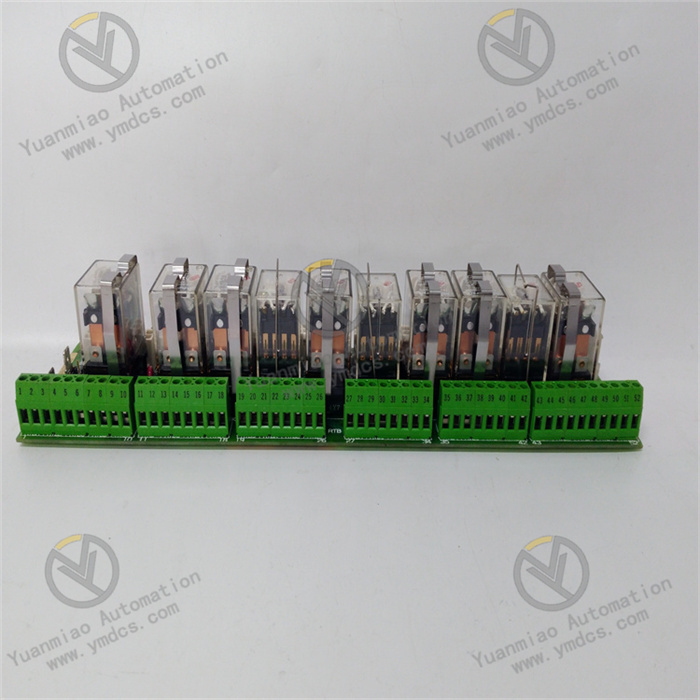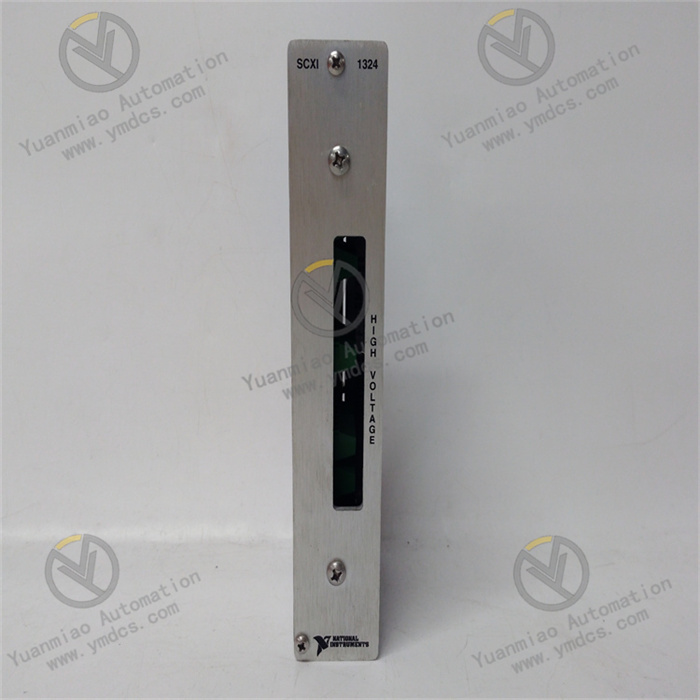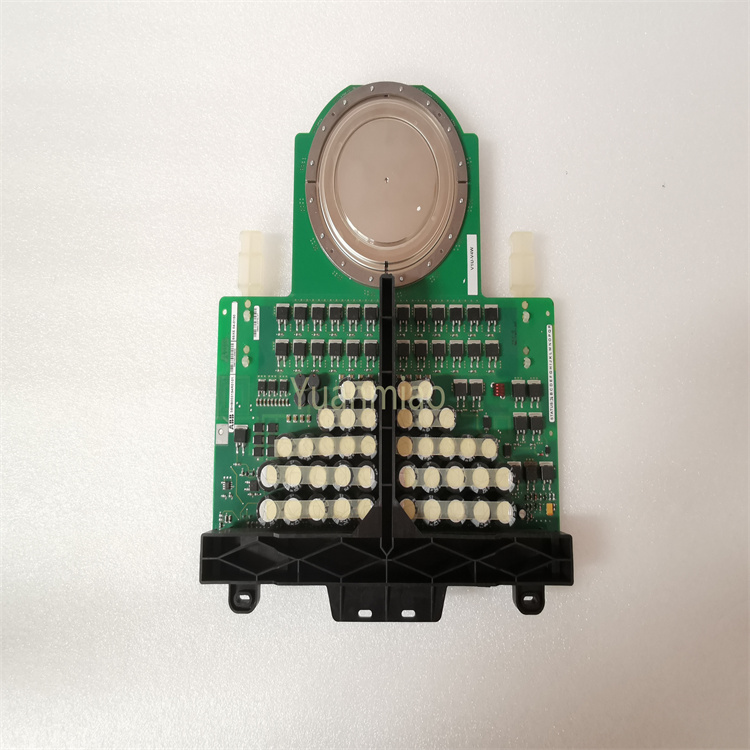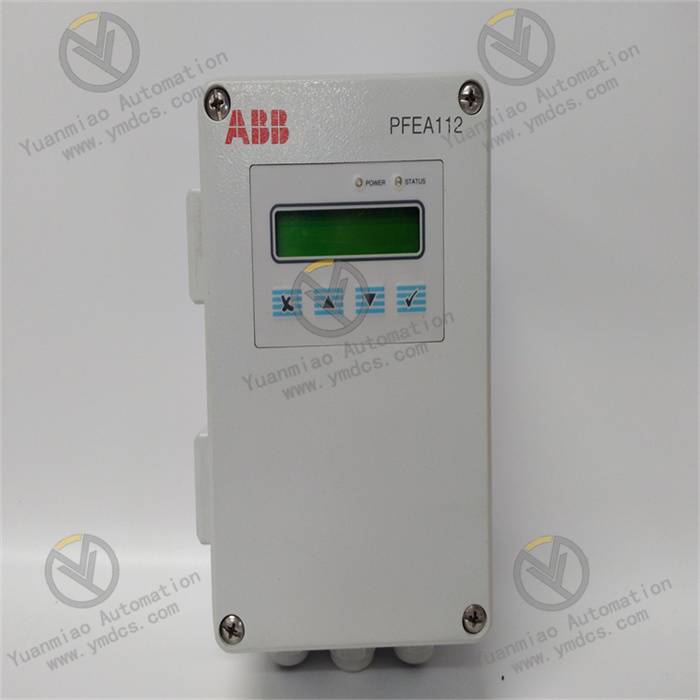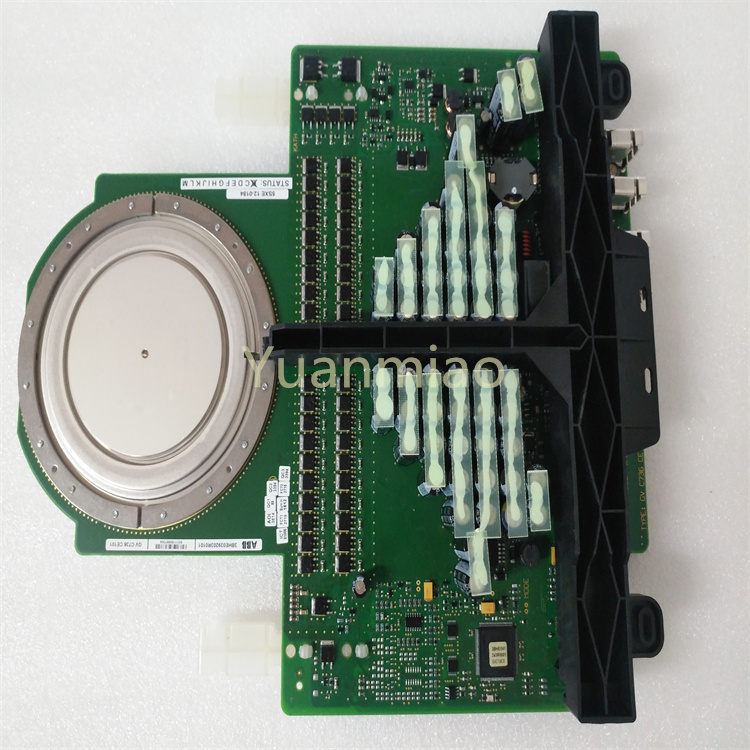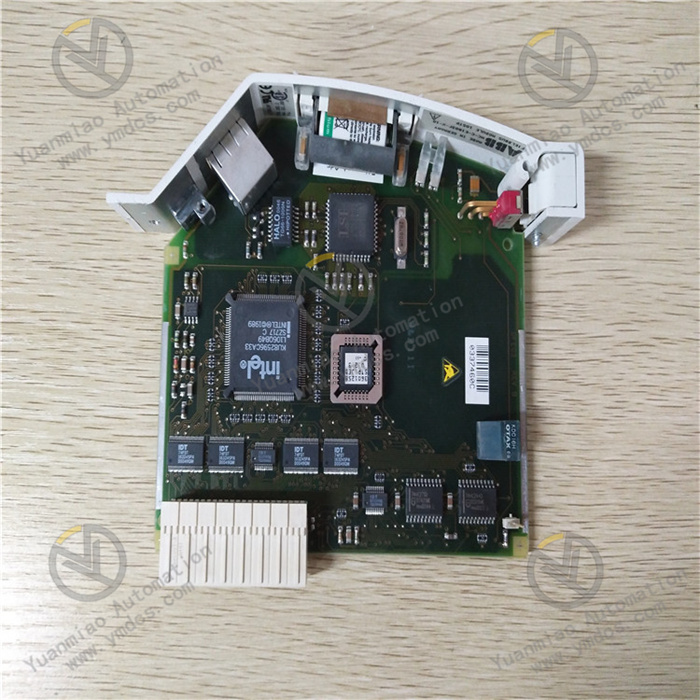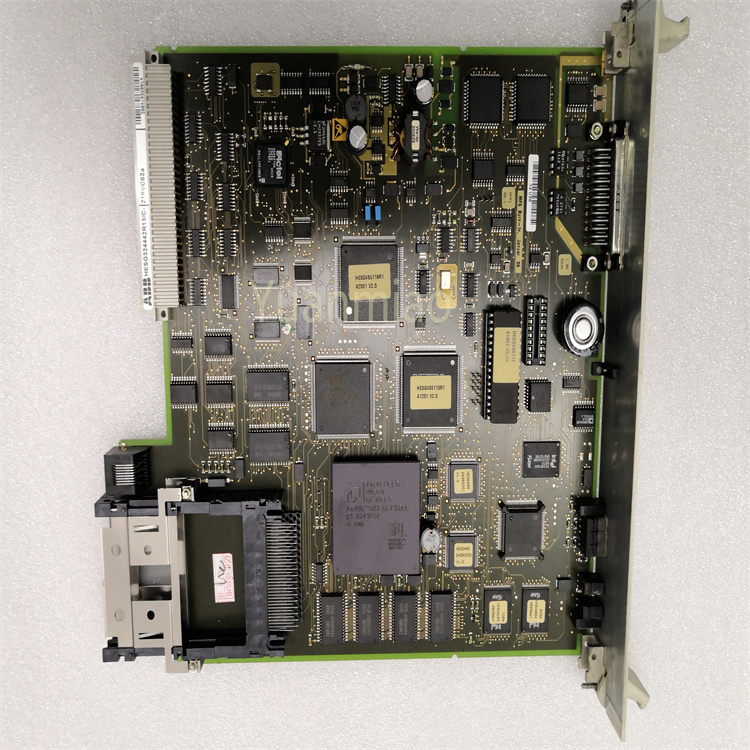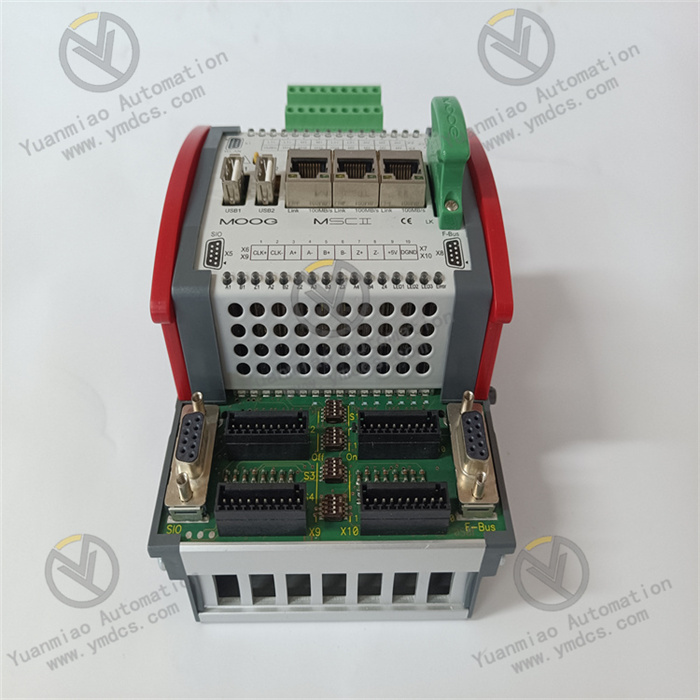Description
GE DS200RTBAG3AEB
The GE DS200RTBAG3AEB is a high-performance industrial control module developed by General Electric (GE), designed for complex automation systems. As a key component of GE's DS200 series, this module integrates reliable hardware architecture and advanced control algorithms, serving as a critical interface for signal processing and system coordination in industrial applications such as power generation, manufacturing, and process control.
- Input Voltage: 24V DC (±10% tolerance)
- Power Consumption: ≤15W
- Voltage Protection: Transient overvoltage suppression
- I/O Channels: 16 digital inputs / 8 relay outputs
- Communication Interfaces: RS485 (Modbus RTU), Ethernet (Modbus TCP/IP)
- Contact Rating: 250V AC / 30V DC, 5A (resistive load)
- Isolation: Opto-isolation for digital inputs, mechanical relay for outputs
- Operating Temperature: -40°C to +70°C
- Storage Temperature: -55°C to +85°C
- Humidity: 5%-95% (non-condensing)
- Protection Level: IP20
- Dimensions: 140mm × 100mm × 45mm
- Weight: Approximately 0.8kg
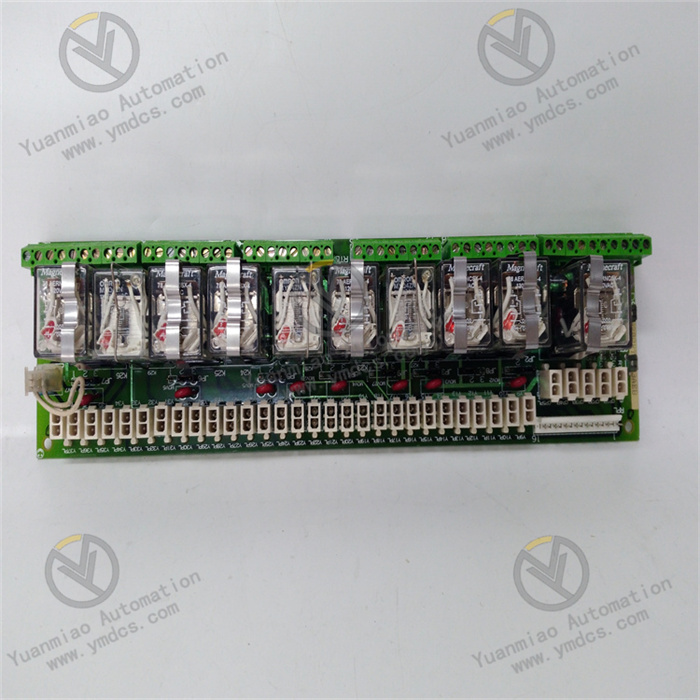
Supports 16-channel digital signal input and 8-channel relay output, enabling real-time monitoring of field devices (e.g., sensors, switches) and control of actuators (e.g., motors, valves) in industrial systems.
Compatible with industry-standard protocols (Modbus RTU/TCP), allowing seamless integration with PLCs, SCADA systems, and HMIs for remote configuration and real-time data exchange.
Built-in overvoltage and overcurrent protection for inputs, and surge suppression for relay outputs, ensuring reliable operation in harsh industrial environments with electromagnetic interference.
Enables module replacement without system shutdown, minimizing downtime. The standardized structure supports easy expansion of I/O capacity to meet evolving production needs.
- Mount the module on a DIN rail or control panel with power off.
- Connect 24V DC power supply to the designated terminals, ensuring correct polarity.
- Wire digital inputs (e.g., proximity sensors) and relay outputs (e.g., contactors) using shielded cables.
- Use GE's dedicated software (e.g., Proficy Machine Edition) to set parameters via RS485 or Ethernet.
- Configure I/O mapping, communication protocols, and relay response time based on application requirements.
- Power on the system and check status LEDs: green for normal operation, red for fault.
- Test digital inputs with a signal generator and verify relay outputs with a multimeter.
- Regularly inspect relay contacts for oxidation and clean if necessary.
- Monitor input voltage stability and check for loose connections in terminals.
- Update firmware periodically via GE's official platform to ensure optimal performance.
- Refer to the module's front-panel LED fault codes (e.g., E001 for overvoltage) and follow troubleshooting steps in the manual.
- For persistent issues, contact GE technical support and provide the fault log for professional diagnosis.
![]()




